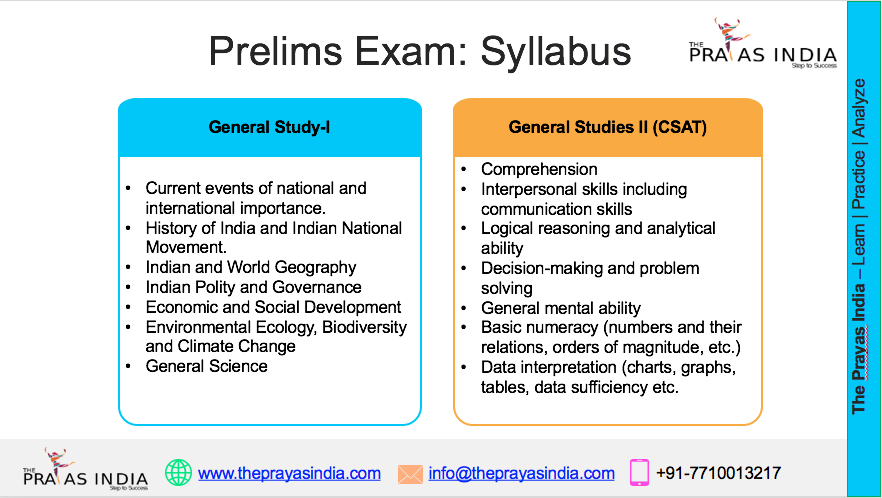Prime Minister Modi Historic Visit to China 2025: Analysis of Bilateral Developments and Strategic Implications for India
Introducation
Prime Minister Narendra Modi’s recent diplomatic visit to China in September 2025 marks a pivotal moment in strengthening Sino-Indian relations. Against the backdrop of decades-long border disputes and rising geopolitical competition, this visit aims to chart a pragmatic course for cooperation while managing sensitive bilateral issues. This article offers a detailed exploration of the visit’s key developments, the state of bilateral relations, strategic cooperation avenues, and the broader impact on India’s foreign policy.
Key Developments During the Visit
-
High-Level Bilateral Talks:
Prime Minister Modi and Chinese President engaged in candid discussions focusing on stabilizing border areas, implementing mechanisms under the existing ceasefire agreements, and reducing troop deployments along the Line of Actual Control (LAC). -
Trade and Economic Engagement:
The visit resulted in signing of Memoranda of Understanding (MoUs) aimed at enhancing bilateral trade with a special emphasis on reducing trade asymmetry, promoting Indian exports, and encouraging Chinese investments in infrastructure projects in India. -
Technology and Innovation Collaboration:
Agreement on joint research in emerging technologies such as artificial intelligence, big data analytics, clean energy technologies, and digital infrastructure enhancement to leverage complementarities in innovation. -
Multilateral Cooperation:
Both nations reiterated support for multilateral platforms including BRICS, SCO, and G20, emphasizing the importance of collective action on global challenges such as climate change, pandemic preparedness, and reform of global financial institutions. -
Cultural and Academic Exchanges:
Launch of new initiatives to boost tourism, educational partnerships, and people-to-people connectivity fostering greater mutual understanding and goodwill.
Bilateral Relations: Continuity and Challenges
-
Historical Context:
The complex India-China relationship has been punctuated by disputes, including the 1962 war and recent skirmishes in the Galwan Valley. These incidents continue to influence trust deficits. -
Border Management Mechanisms:
The visit emphasized adherence to confidence-building measures, transparency in border infrastructure development, and mutual notification of military exercises to prevent inadvertent escalation. -
Economic Interdependence:
Despite political challenges, China remains a major trade partner. The visit highlighted both sides’ intent to stabilize trade relations, addressing issues like quality standards, non-tariff barriers, and market access for Indian products. -
Geostrategic Competition:
Both countries seek regional influence in Asia-Pacific, with India balancing relations with other major powers while managing assertiveness from China on the LAC and in the Indian Ocean region.
Strategic Cooperation and Forward Outlook
-
Connectivity and Infrastructure:
Plans to enhance cross-border connectivity through development of transport corridors, digital networks, and energy grids under bilateral and multilateral frameworks. -
Climate Action and Sustainability:
Joint initiatives on green finance, renewable energy projects, and sustainable development goals underscore shared responsibilities as emerging global powers. -
Security and Cyber Cooperation:
Agreement on cyber threat intelligence sharing, joint workshops on cybersecurity, and counterterrorism cooperation to address common security challenges. -
Diplomatic Engagement Mechanisms:
Establishment of a permanent high-level dialogue forum aimed at fast-tracking resolution of pending issues and fostering continuous engagement.
Implications for India’s Foreign Policy
-
Balancing Act:
Modi’s visit reflects India’s nuanced foreign policy approach that combines assertive defence preparedness with a willingness to engage diplomatically. -
Regional Stability:
Enhanced dialogue contributes to peace in South Asia, ensuring that bilateral tensions do not disrupt wider regional security and economic development. -
Global Image:
The visit reinforces India’s stature as a responsible global actor promoting dialogue and cooperation even amid complex bilateral contexts. -
Strategic Autonomy:
India continues to safeguard its sovereignty while exploring diversified partnerships that complement its national interests.
Conclusion
Prime Minister Modi’s 2025 visit to China represents a strategic milestone that reiterates India’s commitment to dialogue, peace, and pragmatic cooperation with its neighbour. The visit balances addressing longstanding concerns with opportunities for growth, signaling a forward-looking approach in India-China relations pivotal to regional and global stability.
Meta Description:
SEO Tags:
Image Prompt (No Text):
Realistic 3D image of Indian and Chinese leaders engaging in cordial handshake against a backdrop blending India’s Parliament House and Beijing’s Forbidden City, symbolizing diplomatic harmony, with neutral tones and professional setting.




![Prayas-तेजस [UPSC CSE Sociology Optional] – Online & Offline](https://theprayasindia.com/wp-content/uploads/2025/09/Prayas-तेजस-UPSC-CSE-Optional-Subject-The-Prayas-India-300x300.png)
![Prayas-सूत्र [UPSC CSE Materials (Hardcopy)]](https://theprayasindia.com/wp-content/uploads/2025/09/Prayas-सूत्र-UPSC-CSE-Study-Materials-Hardcopy-The-Prayas-India-300x300.png)
![Prayas-मंत्रा [UPSC CSE CSAT]](https://theprayasindia.com/wp-content/uploads/2025/09/Prayas-मंत्रा-UPSC-CSE-CSAT-The-Prayas-India-300x300.png)
![Prayas सारथी [UPSC CSE One on One Mentorship]](https://theprayasindia.com/wp-content/uploads/2025/09/Prayas-सारथी-UPSC-CSE-One-on-One-Mentorship-The-Prayas-India-300x300.png)










